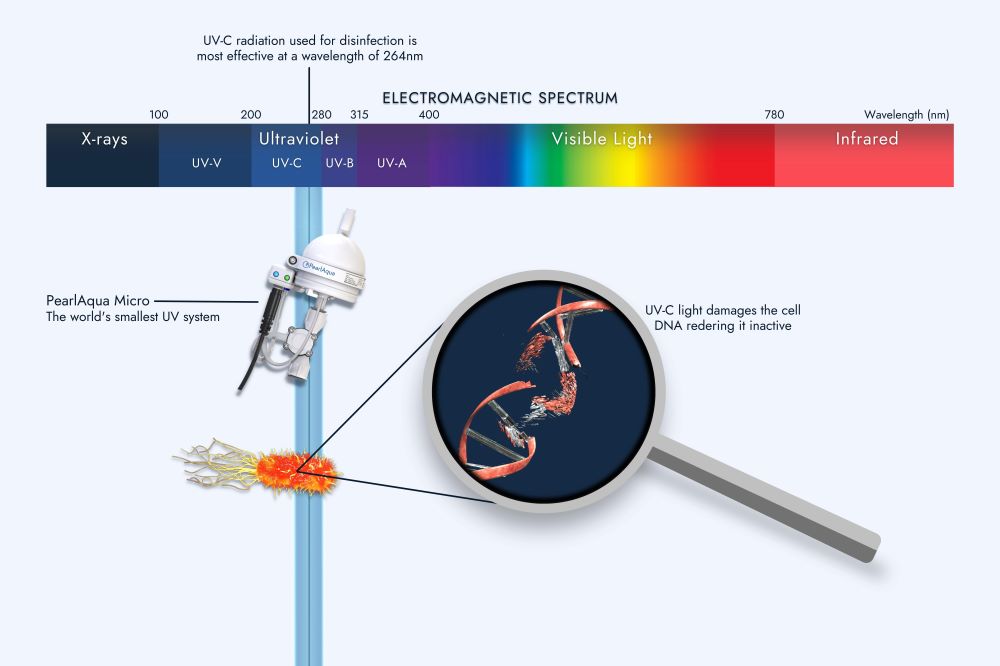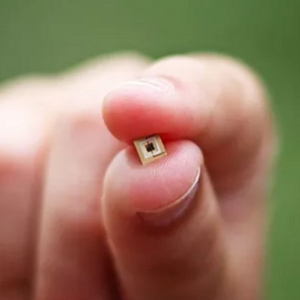What is UV-C?
UV-C LED disinfection is new technology that uses light to damage the DNA of pathogens. This technology offers a variety of new benefits when compared to conventional UV purification. Similar to how visible LEDs effected the display market, AquiSense Technologies believes UV-C LEDs will have a lasting effect on how we disinfect water, surfaces and air.
UV-C presents an innovative solution for providing clean and effective water purification.
But just how effective is this relatively new technology and can it provide the solutions we need now and for the future?
UV (ultraviolet) light is a type of radiation that can be found in the electromagnetic spectrum and is measured in Nanometers (nm). Invisible to the human eye, UV is an effective disinfectant due to the density of its wavelength.
There are four ranges to UV light – UV-A, UV-B, UV-C and Vacuum-UV:
- UV-A – otherwise known as black light, it has the longest wavelength, ranging between 315nm to 400nm.
- UV-B – known as the medium wavelength, it ranges between 280nm and 315nm.
- UV-C – the shortest wavelength, it ranges between 200nm and 280nm.
UV-C is germicidal, meaning it can be used effectively as a disinfectant to kill microorganisms, such as bacteria and viruses.
When the DNA of microorganisms absorbs UV light, it stops them from being able to reproduce and duplicate, thereby preventing their growth.










